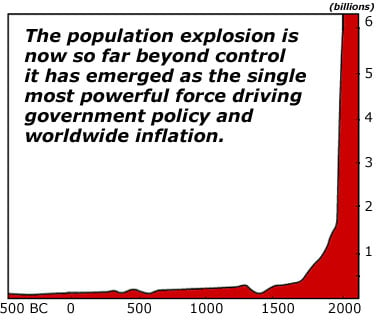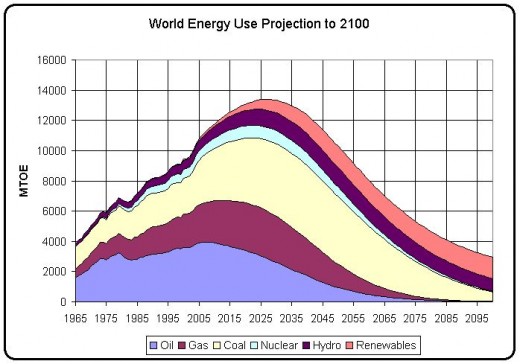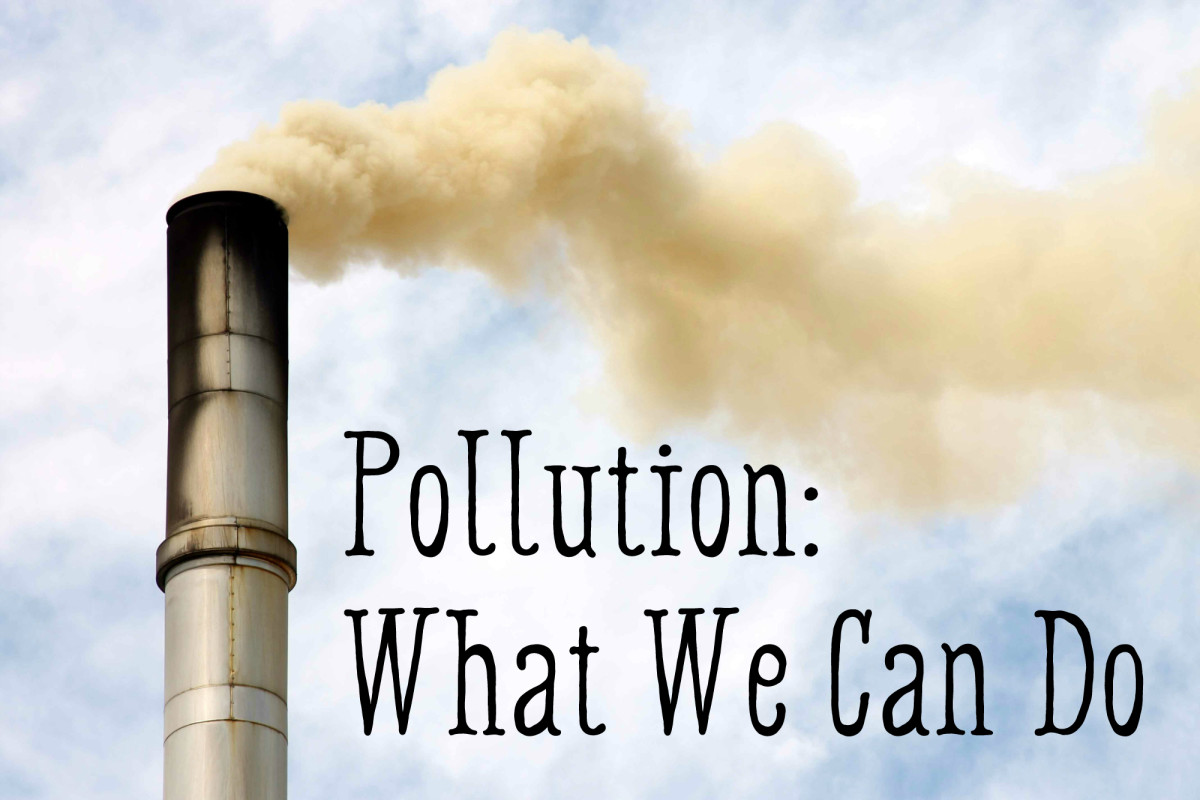The problem with unplanned growth
Unchecked growth in anything can lead to disaster.



Population growth that is unchecked leads to potential extinction.
Unplanned growth within a closed system means that there will be a point when the carrying capacity is exceeded, sustainability is impossible and the whole effort to grow collapses dramatically. Unplanned growth is what is typical of wild populations that have natural checks. These natural checks usually keep the population from ever exceeding the carrying capacity of their particular niche in the environment. Thus a regulated unplanned growth maintains its sustainability. On the other hand, a population, whether natural, technological or economic in base has no checks, it soon expands exponentially beyond the limits of the environment and sets up the condition for a crash into chaos and risks extinction.
Taking a cue from interacting populations in a strange attractor that we see in a dynamical chaotic system, we find a predator-prey cycle that works in a nearly opposite phase where one population grows while the other contracts and then vice versa. Usually, prey species, such as deer outnumber the predators like wolves and mountain lions by ten to one. If for some reason, the wolf or mountain lion population falls off, then the deer population has less of a check and their population grows. They can expand to the point where they can eat themselves out of house and home. When this occurs, there is suddenly a surge of weak and sick members that are now culled by wolves and mountain lions, which now start to expand their population.
The human population has managed to grow from a population of about 500 million to nearly seven billion in a few centuries. This coincided with the industrial revolution, agricultural revolutions, new medical procedures including hygiene in dealing with killer plagues and concentration into urban centers of manufacture. In that short period, the human population was less preyed upon by predators, disease and famines. The result was a rapidly expanding population despite engineered famines, genocide and warfare on a planetary scale. The industrial and technological might humanity has developed is now polluting the entire ecosystem because it has exceeded the carrying capacity of the entire ecosystem of the planet. The emergence of brown clouds is just one of many indicators of this. Other indications are global dimming and global warming leading to sea level rise.
Unplanned growth that leads to environmental destruction means that the ultimate fate of the population is tied up in the results of that growth. In most cases, populations interact in a natural setting to keep things in check and the environment healthy. However, when an alien species either arrives inadvertently or is brought in deliberately, there occurs rapid takeover by the plant or animal as it has no natural controls in the new territory. The rapid growth pushes out domestic species and the land or sea becomes chocked with a single plant and animal, losing its biodiversity and long term health. This has been a problem that has arisen from international trade and travel. The stories are endless, such as the lamprey eel squeezing out domestic fish in the Great Lakes and kudzu growing over everything and squeezing out natural plants in the southeast states. There are of course, a large number of other examples. Some were actually encouraged like the displacement of the bison by European cattle. There is even an interesting tale of the effects of imported bees, worms and horses from the time of Jamestown when the first settlers were making incursions into the Chesapeake region. At that time, the local environment was entirely different and would not have supported apples, pears and the like as it does now. Human beings are actively changing the environment with industrialization. One region where this is most noticeable is in China with pronounced regional dimming of sunlight. Another is the massive clear cuts in the Amazon where local weather is changing to hotter and dryer due to deforestation. Efforts to slow or stop these situations have little effect as the central issue of poverty that drives such growth is not corrected.
Unplanned growth in industries of all types has a similar effect. The industrial revolution has lead to an incredible expansion of production, leading both to periodic crises of overproduction and great harm to the environment. In a bid to get the greatest affluence and influence, competitors struggle against one another for ever better, ever more efficient ways to extract as much value out of the environment. The same struggle leads into monopoly in a given industry which then controls the whole of the market in that area and can dictate the prices of what they manufacture by manipulating supply. Increasing production by employing ever more efficient means of manufacture also has the drawback of shrinking the market that can be sold to by layoffs as less labor can do more. This is one of the classic contradictions of capitalism. Improvement in constant capital has a negative impact on variable capital.
In the economy, unplanned growth of profits leads to market saturation and financial collapse as the result. Unplanned growth results in a crisis of overproduction that leads to high unemployment, depression and no market for what has been produced. In the case of a huge overproduction of food under the profit motive, when the market either does not exist or collapses, the result is the destruction of food that can feed the hungry, just so prices can rise and be more profitable.








